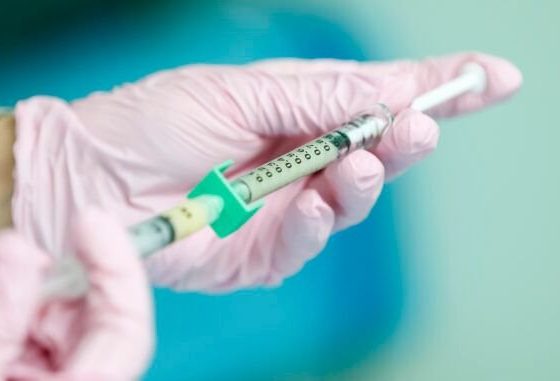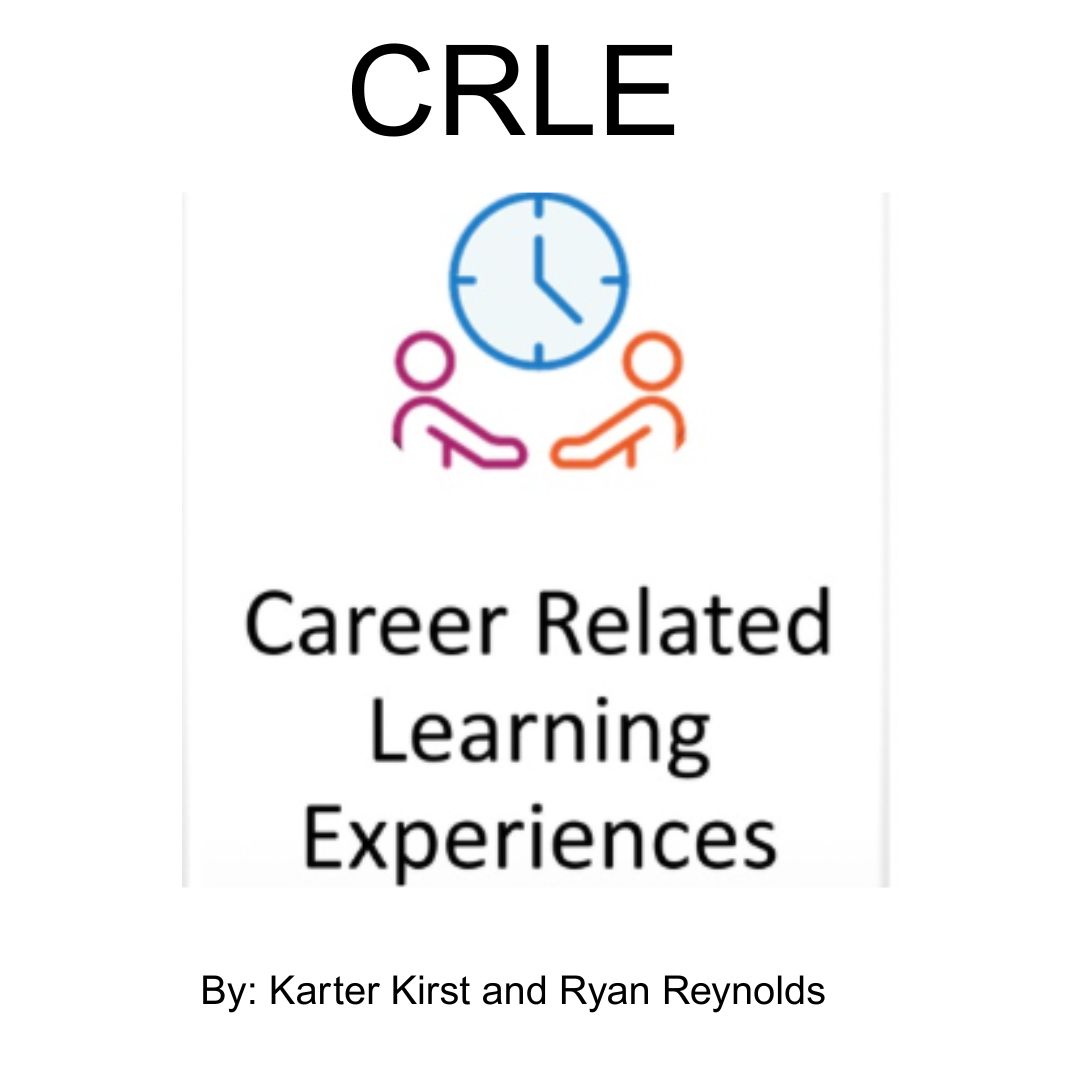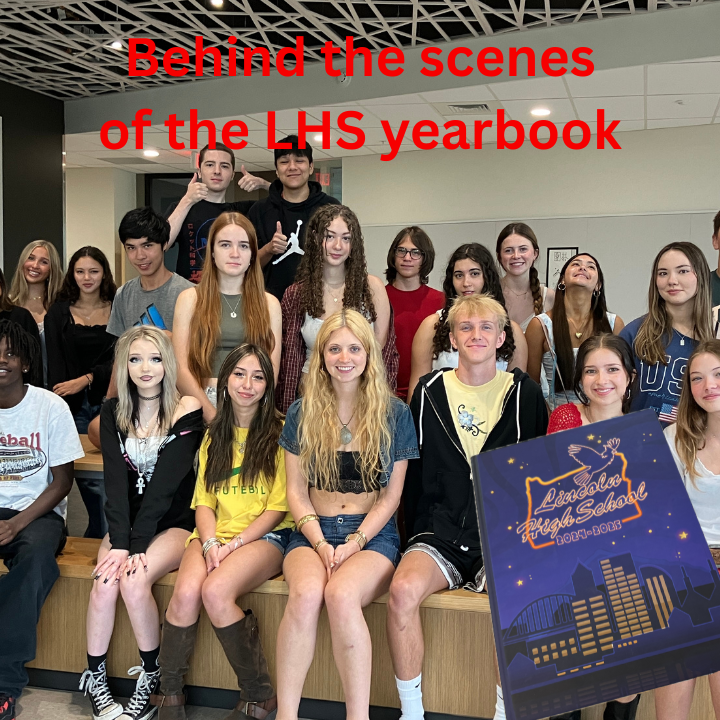Omicron, the new Delta variant?

Photo credit to Suffolk Journal
The new Omicron variant has caused a striking rise in COVID-19 cases across the world. With that, booster shots are starting to become more essential than ever.
January 4, 2022
The discovery of the Omicron variant in Multnomah County has left many in the Lincoln community wondering how it might impact school, as well as holiday celebrations. The variant was first discovered by researchers in South Africa, and has since been detected in several countries, including the United Kingdom, Australia, Austria, Denmark and many more.
The Delta variant alarmed public health officials because of its contagiousness, and the Omicron variant appears to be even more infectious. According to Yale Medicine, “…early data suggests that Omicron is more transmissible than Delta and it will likely become the predominant variant in most places.”
Some students are concerned about what this new variant will mean.
“It concerns me to think that we don’t know that much about Omicron and it could send us home from school again,” junior Christian Pedersen said. “It’s scary to think how little we truly know about these viruses and how they spread.”
Lincoln Nurse Mary Johnson provided some clarity. Since wearing masks and maintaining three feet of social distance is working to reduce spread, she expects that there will be a continuation of how things are as long as everyone continues the high rate of vaccinations.
In addition to COVID-19 vaccines, boosters are now approved for everyone 16 years of age and older.
“[Along with vaccinations], we now need all of our high school students to get their boosters. It’s almost as if a booster is now considered a necessary third dose,” Johnson said.
A COVID booster creates increased immunity against becoming infected with COVID-19, according to the Centers for Disease Control and Prevention (CDC).
As well as prevention protocols such as mask wearing, the school also has three types of testing available to students. The first option is for students who are showing symptoms while at school. The second option utilizes Portland Public Schools’ (PPS) partnership with Oregon Health & Sciences University (OHSU). Students have the option to sign up and take a test home each week, and send it to OHSU to be analyzed. The third option, which began after students returned from winter break, lets students stay at school if they test negative during the school day. It also limits the amount of time students need to quarantine while waiting for results at home.
Since the first three Omicron cases in Oregon were among fully vaccinated people, the safety of seeing family and friends is in question. Nurse Johnson recommends testing the day of a large gathering with at-home rapid tests, though she admits it’s not a perfect measure.
“The problem is, it doesn’t mean that you won’t turn positive three hours later,” she said.
Testing is not 100% accurate, which is why Lincoln relies on symptoms as a primary indicator of illness, Johnson said.
Though the Omicron variant has only recently emerged and there’s much left to learn about its impact, we know that many of the tools to fight it will not be new. Masking, social distancing and the booster shot are already well-known and have proven to provide protection against this contagious virus.



